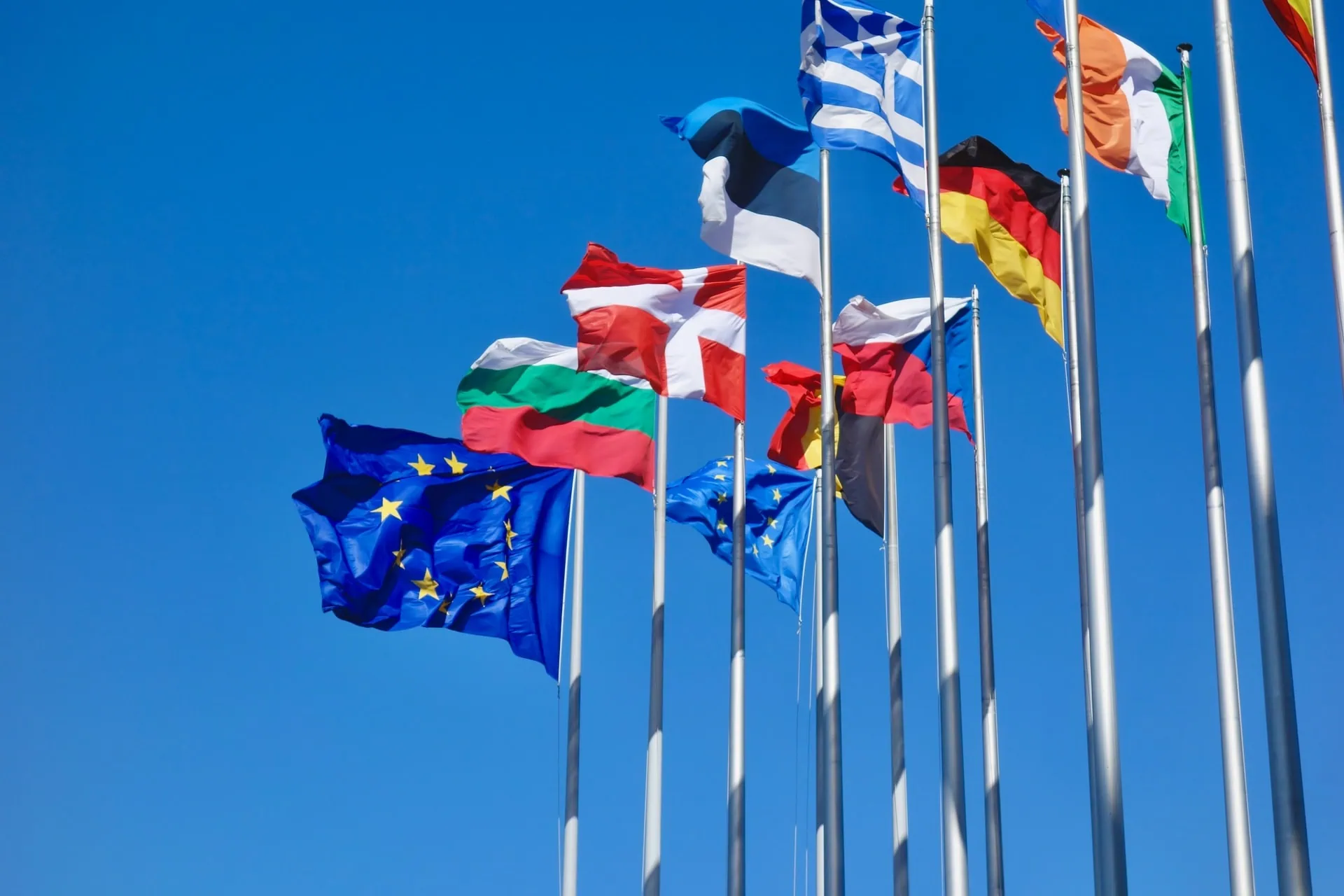The extension of emissions trading to the buildings and transport sector (ETS2) is a core element of the European Commission’s Fit for 55 package, which is highly controversial. The aim of the ETS2 is to create incentives for climate-friendly investments and innovations through a technology-neutral CO2 price. By capping emissions, it also sets a clear path to climate neutrality. In addition, part of the revenue from the sale of certificates will be used to provide financial relief to households via a Social Climate Fund (SCF). But how exactly the relief should be provided, and how high the CO2 price should be, is highly contentious. At the beginning of June 2022, the EU Parliament drafted a proposal that differs substantially from the Commission’s on these points. Finding a consensus seems difficult, but failure to do so would severely weaken the Fit for 55 package.
In two recent publications, experts from the Ecologic Institute, Potsdam Institute for Climate Impact Research, RWI – Leibniz Institute for Economic Research, Mercator Research Institute on Global Commons and Climate Change, Stiftung Umweltenergierecht, ZEW – Leibniz Centre for European Economic Research and the IER have analysed various design options, specifically looking at the carbon pricing and relief options, and identified the advantages and disadvantages of each. They also investigated the various implementation requirements of each. The focus is on two core political points of contention where scientific findings can prevent a hardening of opposing views and thus promote a consensus that is conducive to climate protection.
The first key point of contention is whether the SCF will become a new supporting transfer mechanism of European climate policy with a large financial scope, or rather a European supplement to social policy relief mechanisms in individual member states. An alternative to the SCF would be a so-called “Social Climate Mechanism”. This would set certain EU-wide standards for fair compensation, but would not channel the revenues from the sale of certificates through the EU budget. Rather, they would be distributed directly to the member states. In addition, the fund could be smaller if households that have low incomes and high energy expenditures were specifically targeted: Around 10% of the proceeds from the auctioning of allowances would be sufficient to compensate all energy-intensive consumers with incomes below the EU-wide average for their additional energy costs. In contrast, more than 40% of the revenues would have to be used if all consumers with these incomes were compensated, regardless of their incomes or energy costs.
A second core issue is whether the need for relief can be reduced by capping the price of ETS2 certificates, or allowing households (but not companies) to pay for CO2 later. Such a cap or limitation would reduce the direct financial burden on households and thus reduce the size of the SCF. At the same time, however, supplementary measures such as technological standards or subsidies would have to be implemented on a large scale. The effective costs for private consumers would thus increase significantly because they don’t have the flexibility to reduce emissions where it is cheapest. However, an uncapped allowance price could mean that some EU member states may avoid much more emissions than they would need to under the EU Effort Sharing Regulation (ESR). To ensure solidarity in climate protection, overachieving countries would have to be able to sell certificates to richer countries with more ambitious targets under the ESR crediting system. This trade between member states – regardless of the ETS2 price – is desirable from an economic perspective, with almost all member states achieving substantial welfare gains of up to €400 per person as a result. So far, however, trading between member states has been sluggish and politically overformed. It is therefore an urgent need to increase the liquidity and transparency of the market.
The ETS2 is a central lever for achieving European climate targets, and the options for a fair and efficient emissions trading and reimbursement system, outlined in this Ariadne report, could help achieve political support for this instrument.
Ariadne-Report
Benjamin Görlach, Michael Jakob, Katharina Umpfenbach, Mirjam Kosch, Michael Pahle, Théo Konc, Nils aus dem Moore, Johannes Brehm, Simon Feindt, Fabian Pause, Jana Nysten, Jan Abrell (2022): A Fair and Solidarity-based EU Emissions Trading System for Buildings and Road Transport. Kopernikus-Projekt Ariadne, Potsdam.
Ariadne-Analysis
Jan Abrell, Süheyb Bilici, Markus Blesl, Ulrich Fahl, Felix Kattelmann, Lena Kittel, Mirjam Kosch, Gunnar Luderer, Drin Marmullaku, Michael Pahle, Robert Pietzcker, Renato Rodrigues, Jonathan Siegle (2022): Optimal allocation of the EU carbon budget – A multi-model assessment. Kopernikus-Projekt Ariadne, Potsdam.


